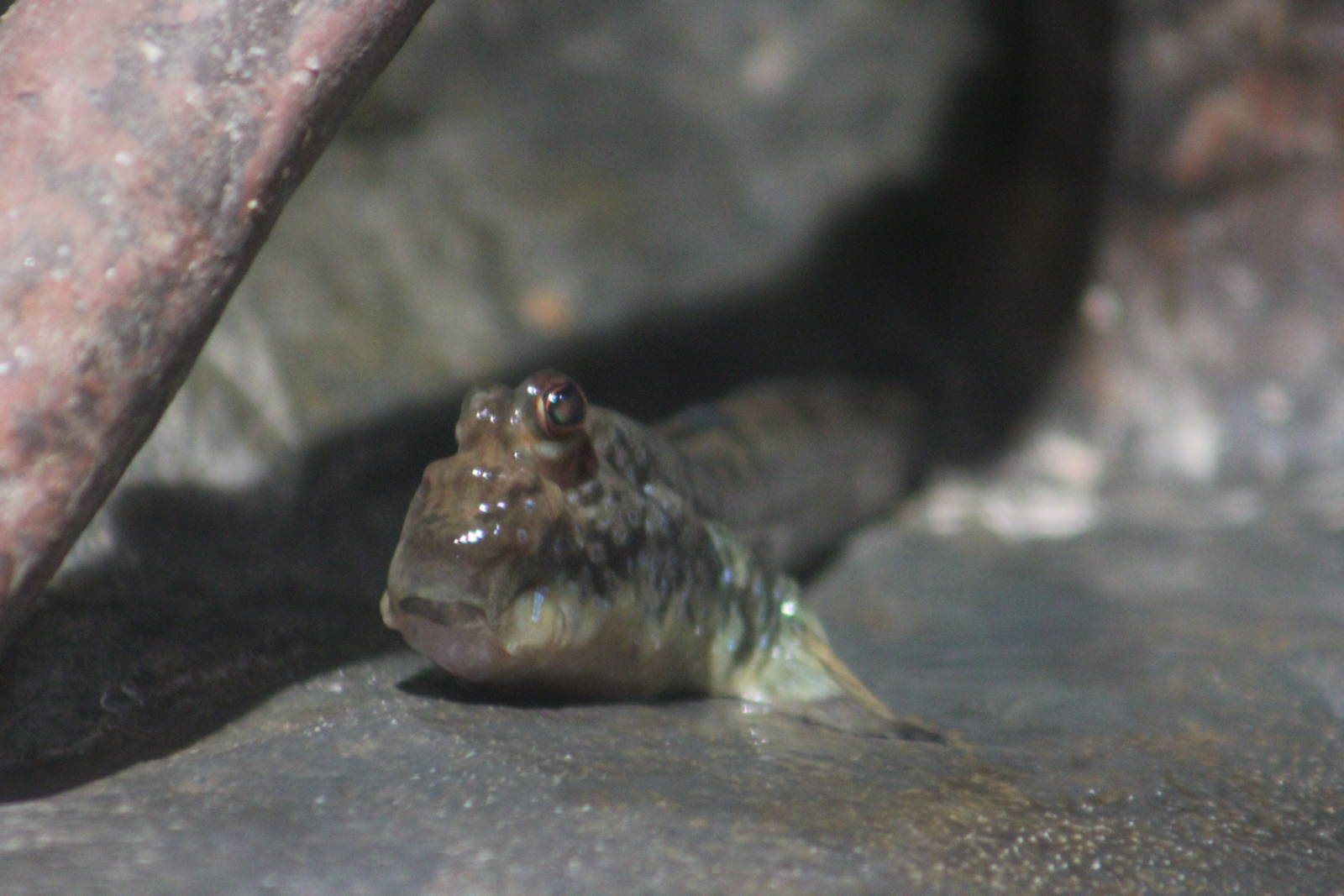
Periophthalmus barbarus
FAMILY
Gobiidae
TAXONOMY
Gobius barbarus Linnaeus, 1766, Liberia. Based on a neotype
specimen designated in 1989.
OTHER COMMON NAMES
French: Sauteur de vase atlantique; German: Schlammspringer;
Spanish: Saltafango atlantico; Akan: Soetsi; Portuguese: Saltaoda-
vasa.
PHYSICAL CHARACTERISTICS
To about 6 in (15 cm) total length. Prominent eyes with ventral
eyelids perched on top of large head. Two dorsal fins.
Muscular pectoral fin and pelvic fin bases used for crawling
and climbing. Pelvic fins separate. Body tan but light ventrally,
and with black diagonal bars dorsally on flanks; opalescent
spots on head and anterior trunk; light margin on first dorsal
fin may be tinged with light blue, lower portion dark; second
dorsal fin with dark submarginal band over a light band.
DISTRIBUTION
West African coast from Senegal to Angola, including most islands.
HABITAT
Inhabits the littoral zone of mangrove estuaries and muddy intertidal
flats where it lives in burrows.
BEHAVIOR
Amphibious; lives in burrows in the mangal zone. Territorial,
forages for food on the mudflats and around the mangroves
themselves. They can flee predators by skipping or hopping
across the flats and into the mangrove forests or into their burrows.
When on land, mudskippers keep a mouthful of water
for extracting oxygen via the gills, and they can breathe
through the skin which is well served with blood vessels.
FEEDING ECOLOGY AND DIET
Eats crustaceans, worms, and insects from the intertidal zone.
REPRODUCTIVE BIOLOGY
Reproduction occurs in burrows.
CONSERVATION STATUS
Not threatened.
SIGNIFICANCE TO HUMANS
No commercial fishing value; plays a minor role in the aquarium
trade.
Photo Gallery of - Atlantic mudskipper

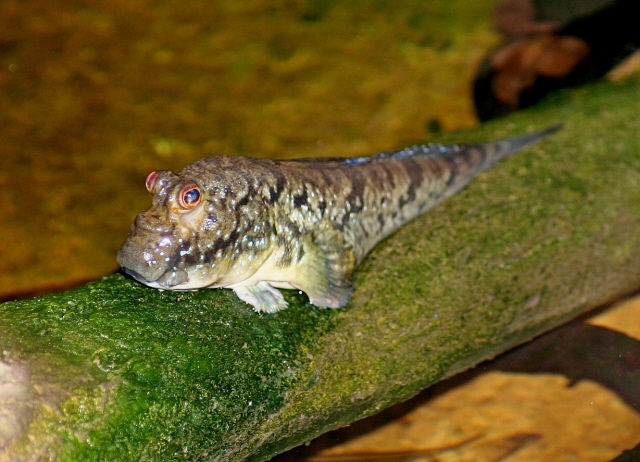
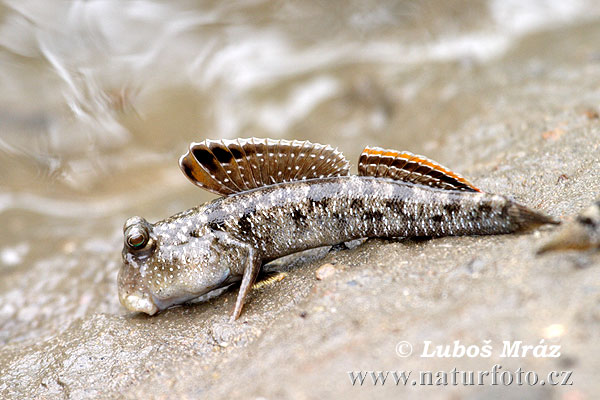
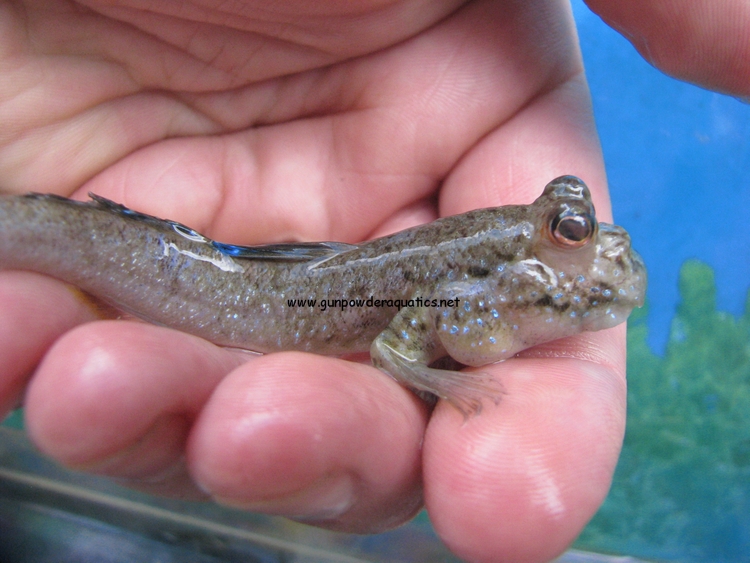
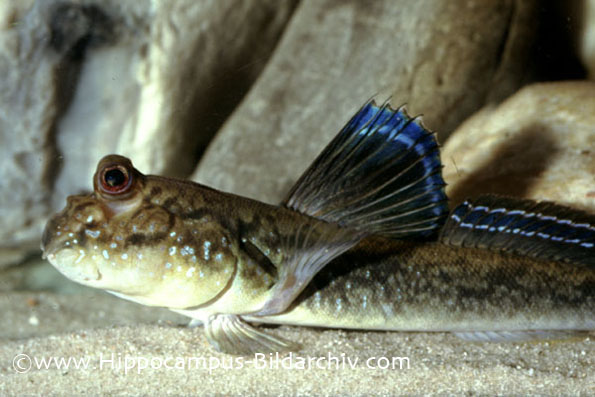
 Animalia Life
Animalia Life